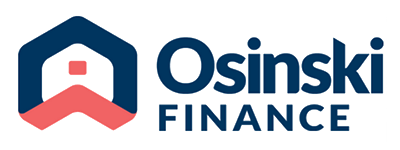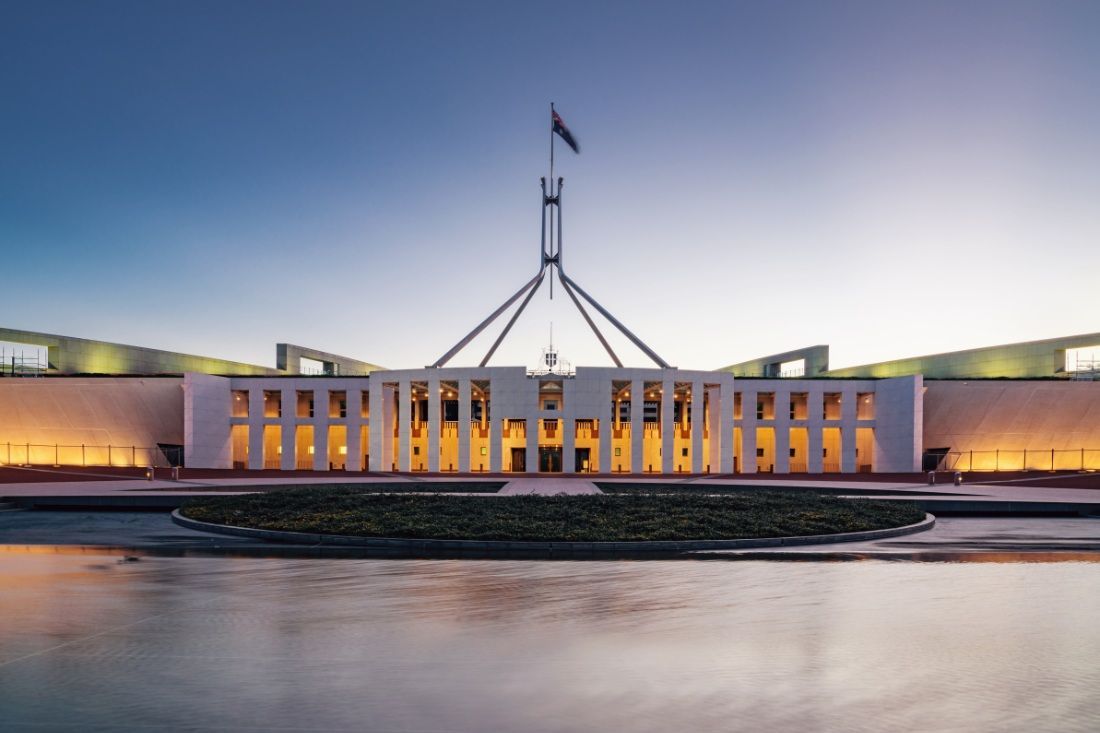Fixed vs. Variable Home Loan Rates: Which One is Right for You?
With speculation that interest rate cuts could be on the horizon in 2025, a variable-rate home loan might seem like an obvious choice. But before you make a decision, it’s worth considering the benefits of locking in a fixed rate, especially with some lenders currently offering lower fixed rates than their variable counterparts.
Home loans come in all shapes and sizes, but the choice between a fixed or variable rate is one of the most crucial decisions you’ll make. Here’s a deep dive into what each option entails so you can determine which is best for your financial situation.
Variable-Rate Home Loans: Flexibility with Market Fluctuations
A variable-rate home loan means your interest rate and monthly repayments can change with the market. Osinski Finance’s Interest Rate Tracker helps you monitor these changes and keep your rate competitive.
For instance, if the Reserve Bank of Australia (RBA) increases the official cash rate, your lender will likely follow suit, meaning higher repayments. On the flip side, if the cash rate drops, your variable interest rate should decrease as well, easing the financial burden on your monthly budget.
While this unpredictability can be a downside, variable-rate loans often come with greater flexibility and added features, such as:
- Redraw facility: Access extra payments you’ve made if needed.
- Offset account: Reduce the amount of interest you pay by linking your savings to your loan.
- Extra repayments: Make additional payments without penalty to pay off your mortgage faster.
Fixed-Rate Home Loans: Stability and Predictability
Choosing a fixed-rate home loan means locking in your interest rate for a set period, typically between one and five years. This ensures that your repayments remain unchanged during the fixed term, making it easier to budget and plan for the future.
If interest rates rise, you’re in a winning position, as your repayments stay the same. However, if rates fall, you won’t benefit from lower repayments.
That said, modern fixed-rate loans often come with greater flexibility than in the past. Some lenders allow limited extra repayments, redraw facilities, or even offset accounts.
However, one significant consideration is break fees, which are charges that apply if you exit your fixed-rate loan early, such as refinancing to a lower rate before your fixed term ends. These fees can be costly, sometimes running into the tens of thousands, making it crucial to weigh your options carefully.
The Current Interest Rate Landscape
Here’s where things get interesting. Some lenders are currently offering fixed rates that are lower than their variable rates. This suggests that they anticipate future cash rate cuts from the RBA and are pricing their fixed-rate options accordingly.
For example, Macquarie Bank’s two-year fixed rate sits at 5.69%, significantly lower than its variable rate of 6.14%. If rate cuts do happen, locking in now could mean securing a competitive rate before variable rates potentially start falling.
However, forecasting future interest rate changes is always uncertain. The key is to assess whether the certainty of a fixed rate aligns with your long-term financial strategy.
A Split Loan: The Best of Both Worlds?
Can’t decide between fixed and variable? A split loan might be the ideal compromise. This option allows you to divide your mortgage between a fixed-rate and a variable-rate portion. For instance, you could allocate 40% of your loan to a fixed rate and 60% to a variable rate.
This approach provides stability with the fixed portion while still offering the flexibility and potential rate drops of a variable loan. It’s a strategic way to manage risk while keeping some of the advantages of both loan types.
Need Help Choosing the Right Loan?
Choosing between a fixed or variable home loan can be challenging, particularly as market conditions continue to shift. At Osinski Finance, we take the guesswork out of the equation. We’ll assess your financial goals, risk tolerance, and market conditions to help you choose the right home loan structure.
Get in touch with Osinski Finance today to explore your options and make an informed decision that aligns with your homeownership goals.
Disclaimer: The content of this article is general in nature and is presented for informative purposes. It is not intended to constitute tax or financial advice, whether general or personal, nor is it intended to imply any recommendation or opinion about a financial product. It does not take into consideration your personal situation and may not be relevant to circumstances. Before taking any action, consider your own particular circumstances and seek professional advice. This content is protected by copyright laws and various other intellectual property laws. It is not to be modified, reproduced or republished without prior written consent.




